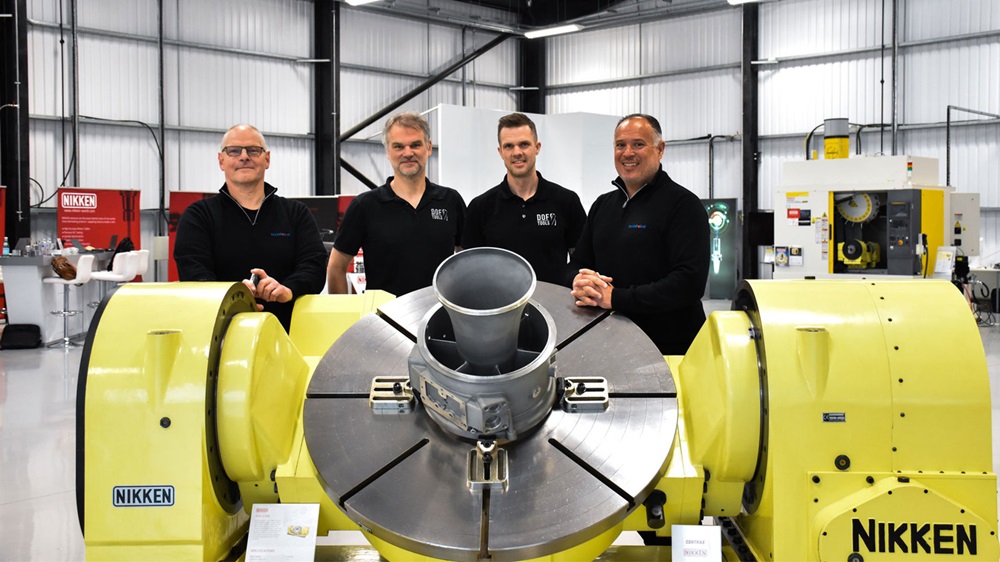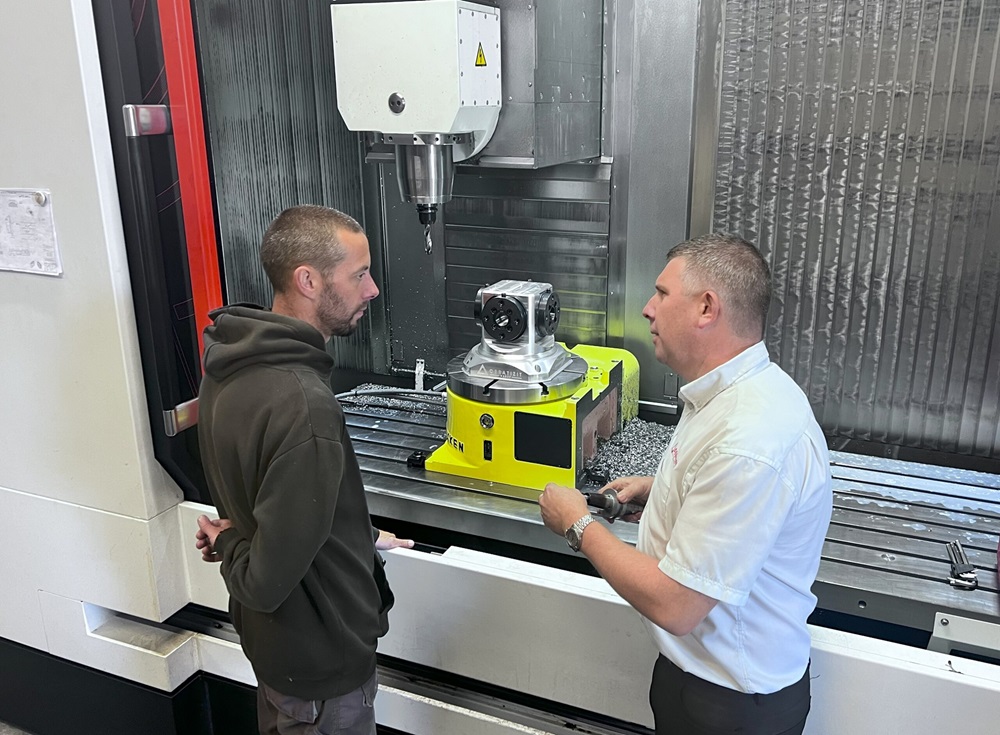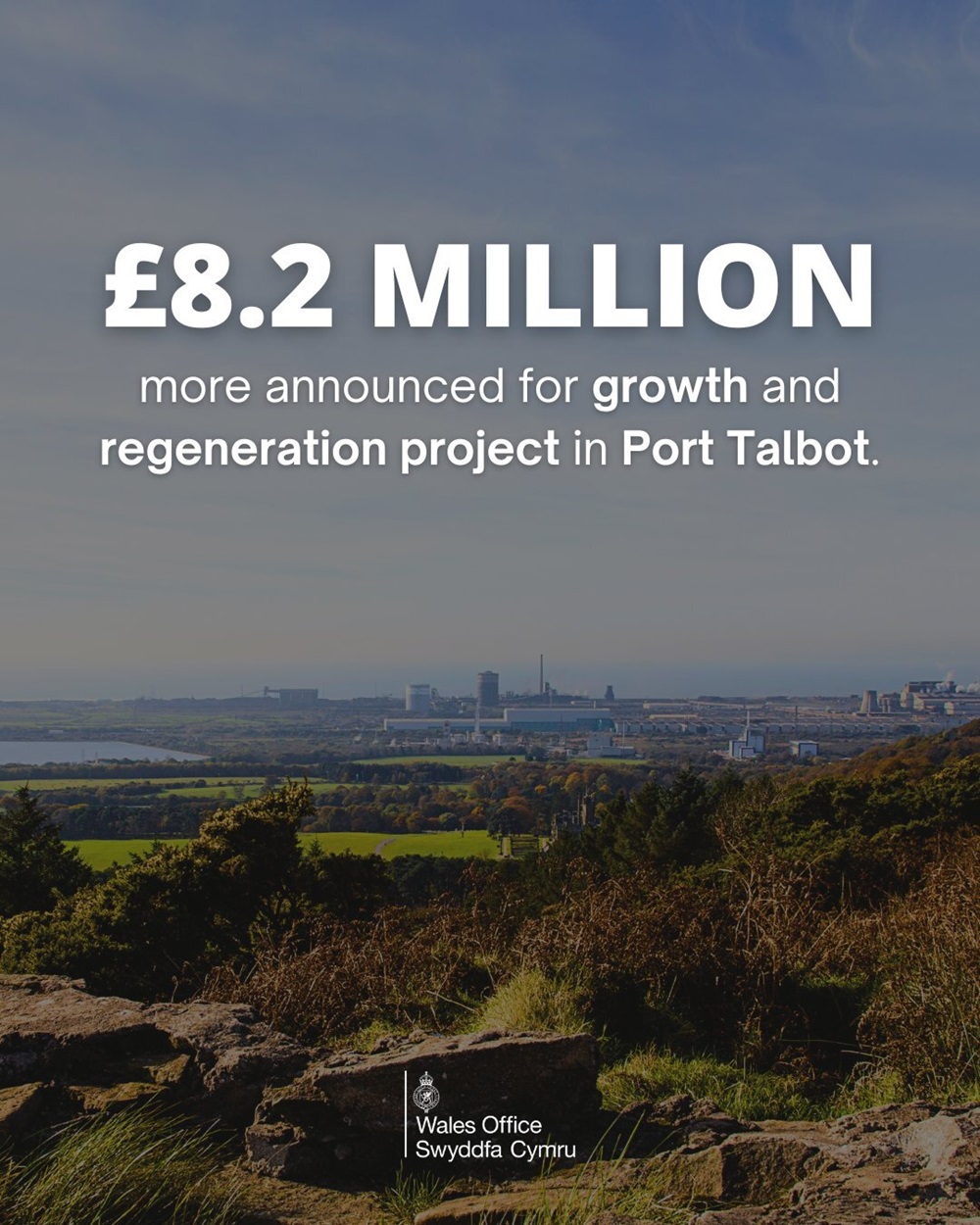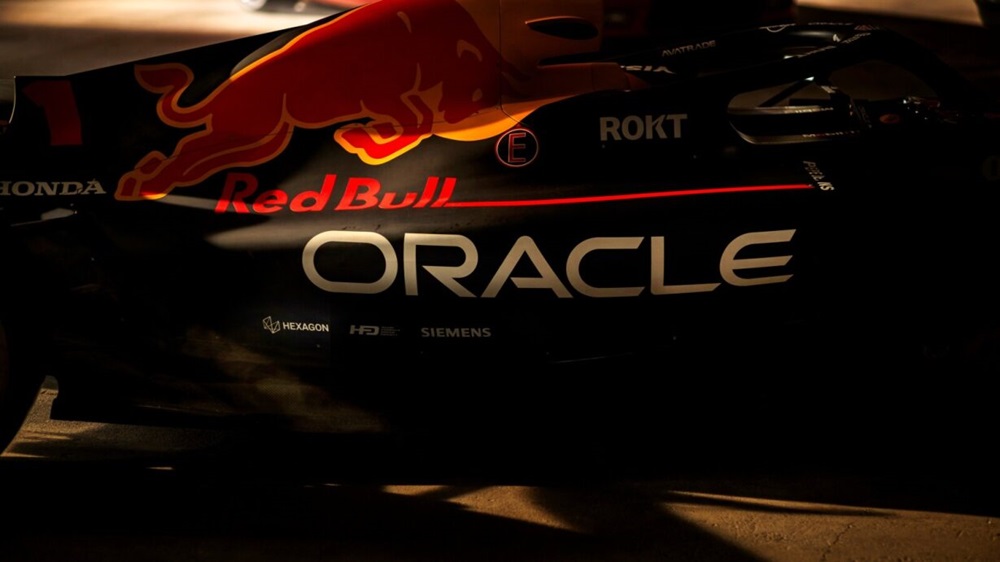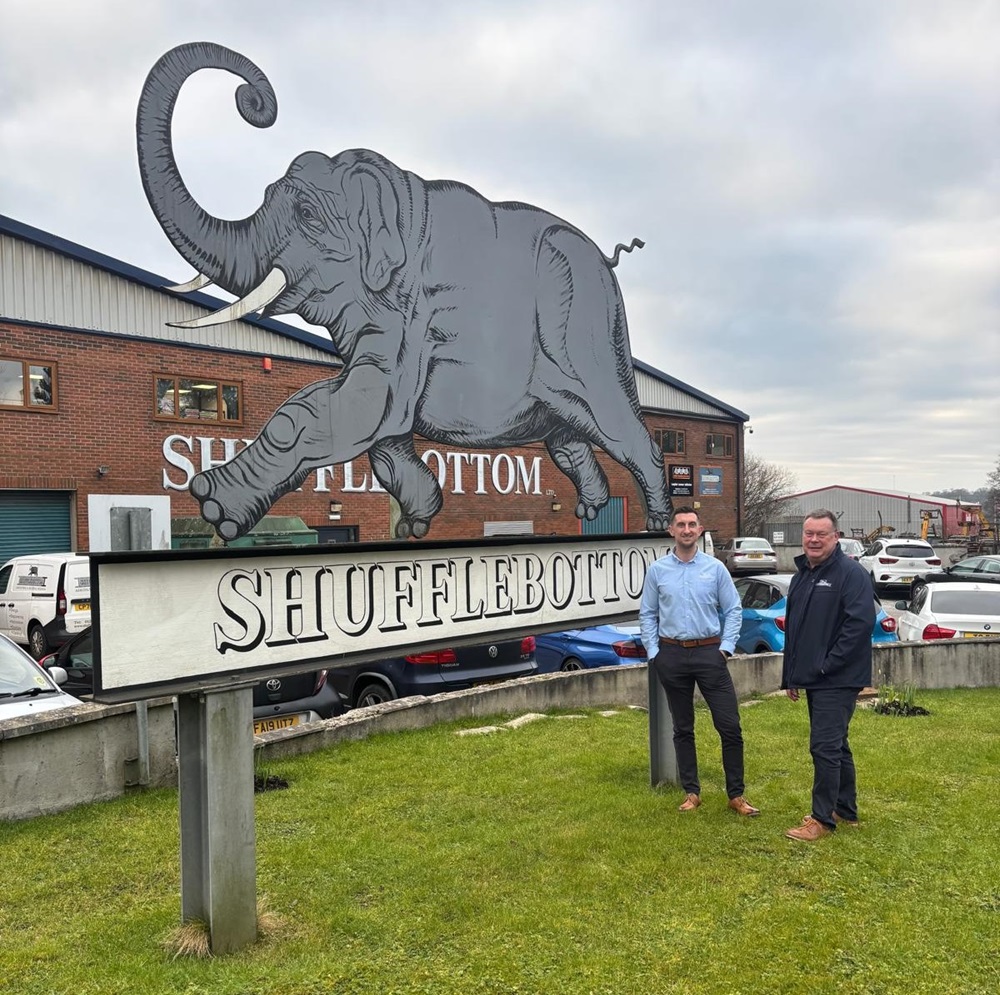Last month, Nikken had the pleasure of welcoming representatives from Techpoint and DOF Tools to its European innovation centre in Rotherham for an exclusive hands-on experience with the company’s latest solutions for machine shops. Joined by Nikken’s export sales manager Iwao Miyahara, the visit provided an excellent opportunity to strengthen working relationships while showcasing the precision, reliability and performance of Nikken technology.
Throughout the day, guests witnessed live machining demonstrations, highlighting key areas of generating higher performance in processes like milling and drilling. Nikken says the demonstrations showcased how its solutions enhance productivity, improve tool life and deliver precision across a range of machining applications. Discussions with the Techpoint and DOF Tools teams provided valuable insight, reinforcing the importance of collaboration in driving engineering excellence.
To document the visit, Nikken put its new camera equipment to the test, recording the demonstrations in detail. From rapid tool changes to precision cutting, every moment was captured to showcase Nikken’s capabilities. The footage has now been edited into a video, giving a closer look at these technologies and techniques.
While the video provides a glimpse into what Nikken offers, nothing compares with seeing it first-hand. The company is therefore inviting manufacturers visit the Nikken Innovation Centre Europe (NICe), where they can experience these solutions in action, explore new machining strategies and work alongside the company’s expert team to enhance their production processes.
More information www.nikken-world.co.uk






